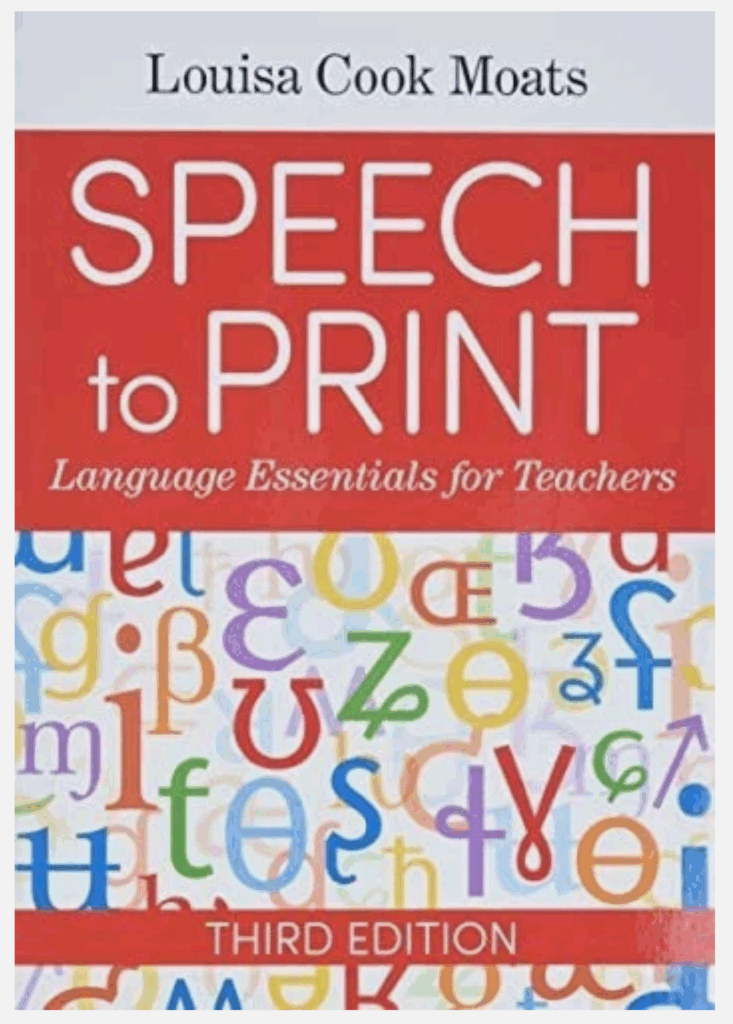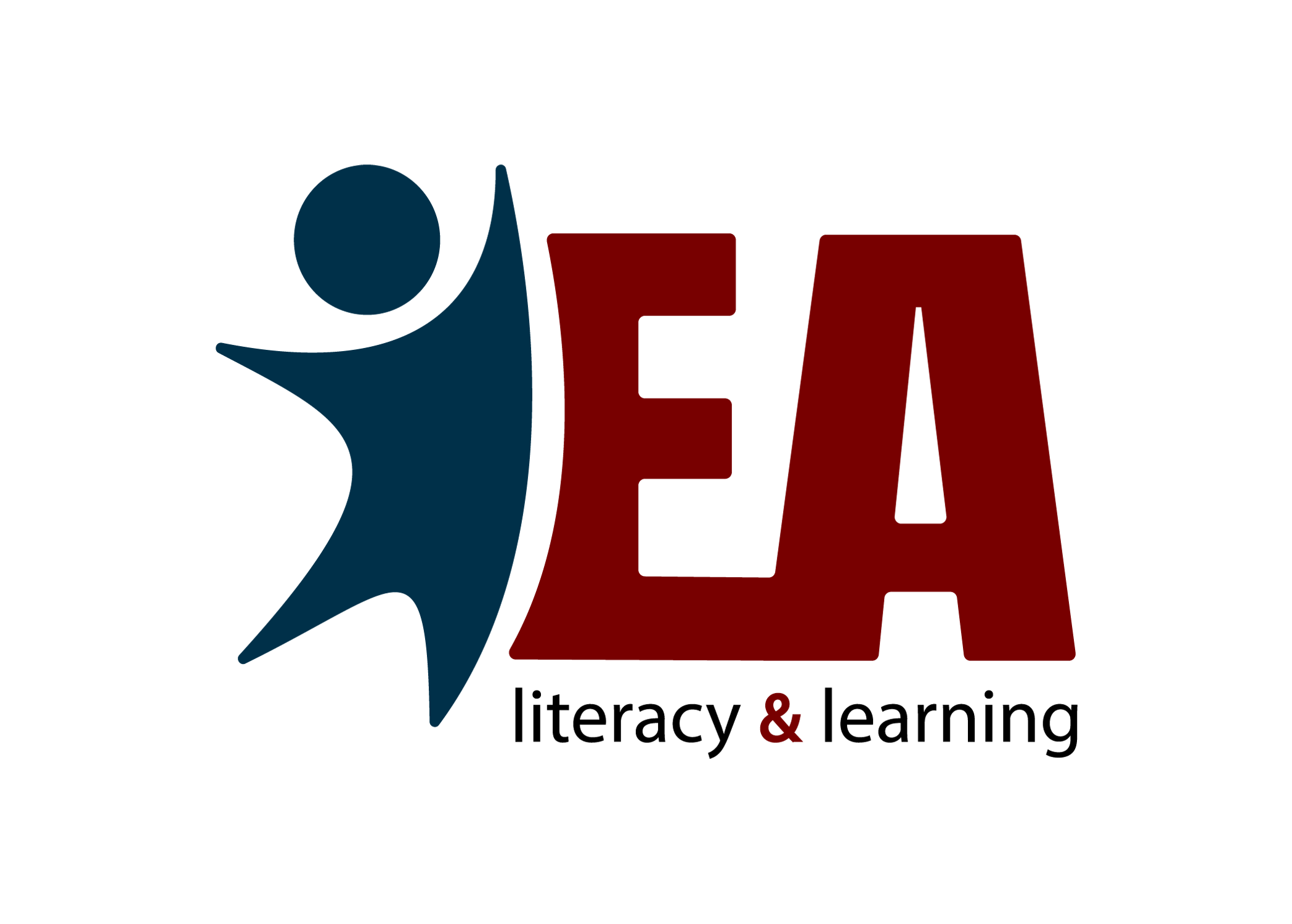
When I first picked up Louisa Moats’ Speech to Print, I’ll admit—I wasn’t sure how practical a book about “language essentials” would feel in the day-to-day of teaching. But here’s the truth: this book has completely reshaped how I think about reading instruction, and I believe it can do the same for you.
What I Love About This Book
Moats takes something that can feel overwhelming—the structure of English—and makes it clear and doable. She explains how sounds, word parts, and sentence structures all connect to the way kids learn to read and spell. It’s like she gives us the behind-the-scenes view of how language really works.
And here’s why that matters: reading isn’t something students just “pick up.” It has to be taught. When we understand the nuts and bolts of language, we can be intentional, precise, and supportive in our instruction.
Why It Matters for Us as Teachers
So often, we’re handed programs or strategies and told, “This works.” But when you understand the why behind reading, you don’t have to rely on guesswork. You can spot where a student is getting stuck—whether it’s with sounds, spelling, or meaning—and know how to support them. That’s empowering for us and life-changing for them.
How It Shows Up in the Classroom
What I’ve found (and what other teachers share too) is that the knowledge from Speech to Print sticks with you. Suddenly, spelling patterns make sense. English feels less like a confusing set of rules and more like a logical system. You start explaining things to kids in ways that click—and their confidence grows right along with yours.
My Encouragement
If you haven’t read Speech to Print yet, I encourage you to make space for it. Think of it as professional development you can keep going back to. The more we understand about the science of language, the more equipped we are to unlock reading for every student.
We all want our kids to become confident readers and writers. This book helps us get there.





